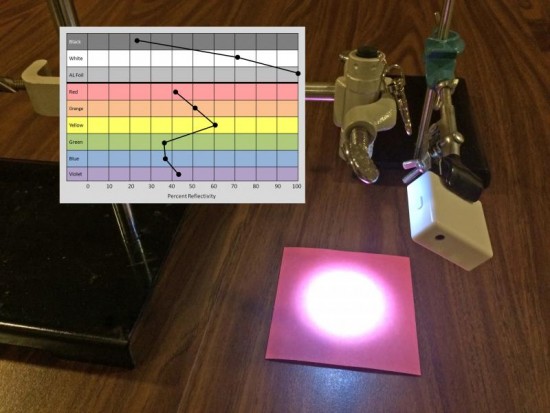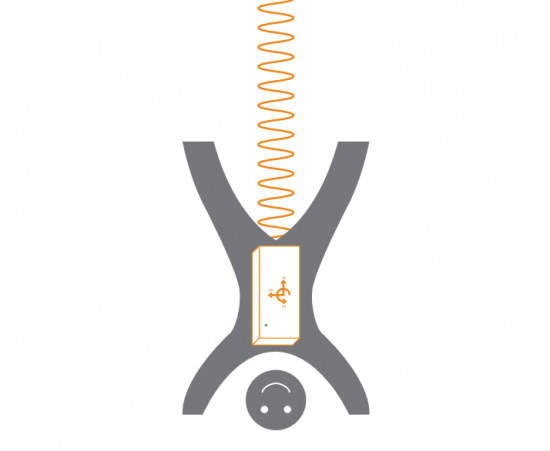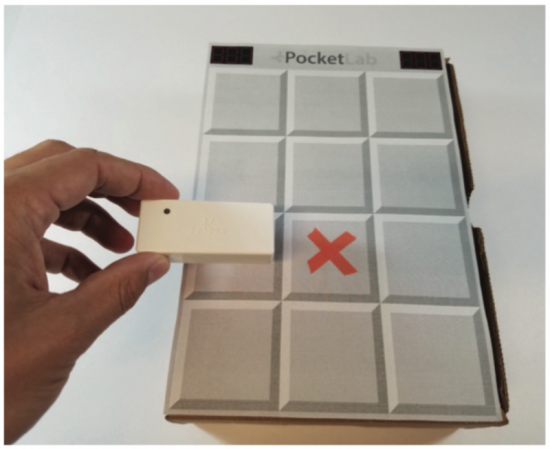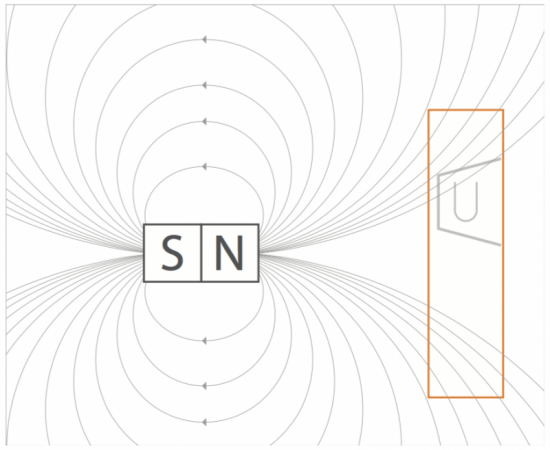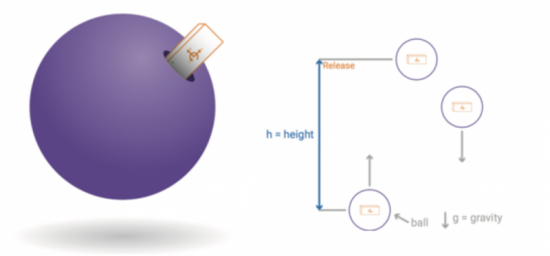Thermos Design Challenge
In these two design challenges, students will design and construct their own thermos/storage device using craft materials and measure its effectiveness to insulate a liquid with a PocketLab temperature probe. These activities are aligned with two middle school NGSS standards and are a great open-ended, hands-on project for students to engage their critical thinking and engineering skills.




